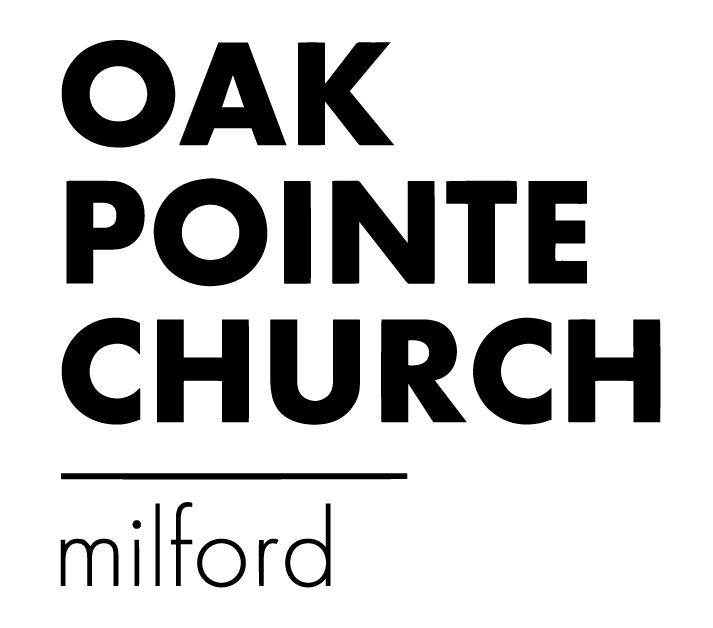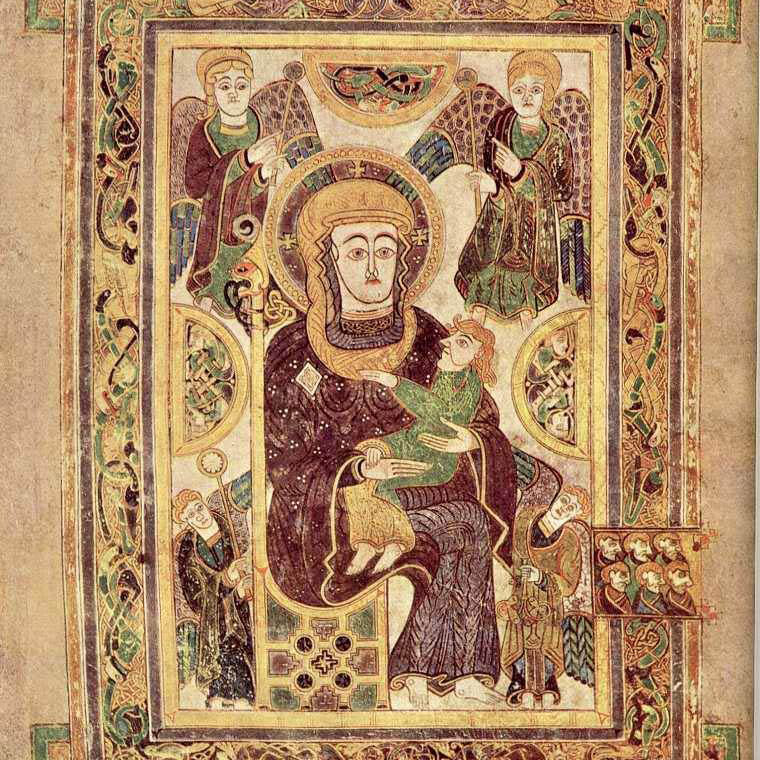Use this devo as you are able, in whole or in part. Don’t feel compelled to read it all. Simply read and meditate upon whatever catches your attention. The goal is enjoying time with God through His Word and in prayer. Questions about the devotional elements?
What is Advent?
Advent is the four-week season of preparation to celebrate the coming of Jesus at Christmas. This year we will prepare room for Christ in our hearts and lives through daily readings in from Philip Reinder’s Seeking God’s Face and the occasional work of art: a song, a painting, or a poem. Something that will sneak past our usual barriers of noise, hustle and busyness to help cultivate a discerning eye for both our sin and the hope Christ carries with him.
Our hope is that this season of expectant waiting will help us to tap into both our sense that the world is not as it should be AND (a glorious and!) that God in Christ has come down to bring healing and consolation to our broken world and hearts. Advent is a season, then, where we say: All shall be well! Because the true King has come!
Call to Prayer
“Restore us, O God; make your face shine on us, that we may be saved.” (Ps. 80:3)
Scripture Reading
Read the following passages and then spend a moment in quiet stillness before God.
Readings: Psalm 89:1-4, 26-29 and Romans 16:25-27
Dwelling
Remind yourself you are in God’s presence and read again…notice how God might be speaking to you through his Word—dwell on a word or phrase that jumps out at you…let your heart respond to God in prayer…take refreshment in God’s presence!
Free Prayer
- Pray for spiritual renewal and a deep understanding of the gospel
- Pray for racial reconciliation
- Pray for new relationships with non-Christians
Prayer
Wise God, thank you that Christ’s incarnation was not a quick reaction to surprising circumstances but part of your eternal purpose, the unfolding of your long-ago decreed will. To think that my salvation is part of your grand eternal purpose leaves me stunned with joy-filled awe. Amen. (prayer based on the Westminster Shorter Catechism, Question 7).
*Prayer borrowed from Philip Reinders’ Seeking God’s Face: Praying with the Bible through the Year
Wonder
Advent begins in the dark. Literally. It is the darkest time of the year. Advent, which begins our church calendar, begins facing this darkness. Advent comes to us as a gift of darkness, emptiness, and says – will you enter this period of waiting with me? Will you pause to remember and recognize your own emptiness and darkness – and practice longing for the light? These works of art invite us to enter into the wonder and waiting for the Light of the World to dawn on Christmas morn.
“Madonna and Child” from The Book of Kells
Many of us are familiar with how the Irish saved civilization, or at least the title of the 1995 bestselling book. But part of that history is the tale of how generations of monks preserved the four Christian gospel texts from being burned along with the rest of Rome. That may be overstating it, but my Irish ancestors were prone to a wee bit of exaggerations and wouldn’t have it any other way.
Here’s the tale in brief: the gospel had spread throughout wherever the Pax Romana had carried the dominion of the Roman Empire. As Rome began to decline from within, these newer converts in remote places like England, Ireland, and Scotland began to do what Christians have always done: preserve and replicate the Christian Scriptures so that the message of the gospel could easily be passed on to future generations.
As providence would have it, monks working in the scriptorium of Iona (Argyllshire, or possibly Nothumbria, or Pictland in eastern Scotland), and then ultimately the Abbey at Kells by 806, set about creating a masterwork of copying the Latin versions of the four gospels (Matthew, Mark, Luke and John) written on vellum (prepared calfskin) in a bold and expert version of the script known as “insular majuscule.”
I won’t bore you with the details, but the Vikings were raiding all over what would become England and Ireland during this time, and leaving a trail of burned out towns, churches, and monasteries in their wake. The gospels book produced at Kells, however, survived, and what we have preserved in it is a style of manuscript is filled with lavish, bright and, for lack of a better word, unique artistic details that accompany the text. You can see the whole book via the Trinity College Dublin’s website.
But here is what is significant for us today: This image of Mary and Jesus is the oldest nativity image in Western manuscript art.
Here’s what I would like for us to do today:
- Look closely at the image from the Book of Kells below. Notice as many details as you can. Pay close attention to the colors, the people depicted, and anything else that stands out to you.
- Then read Luke’s account of the birth of Christ in Luke 2 and Matthew 2. What details from the biblical text do you see depicted in the image? What do you think they were hoping we would see about Jesus?
Want to dig deeper into the story of the Book of Kells? Check out The Secret of Kells, a great animated movie that creatively tells the story of the creation of the book, underlies its significance, and brings a bit of magic into the story to boot!
Benediction
May the tender mercy of our God, by which the rising sun will come to us from heaven, shine on those living in darkness and guide our feet into the path of peace. (see Luke 1:78-79)


